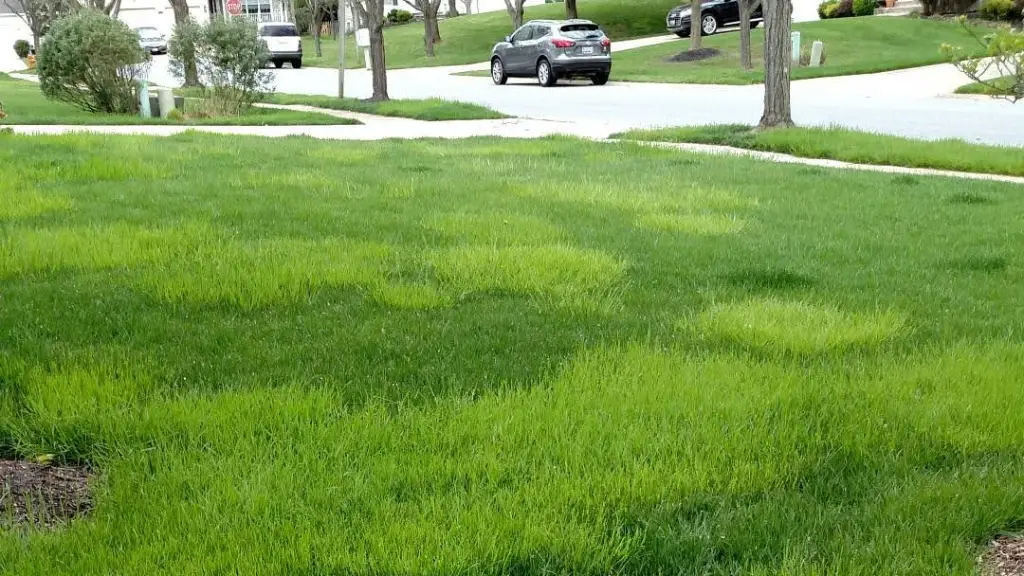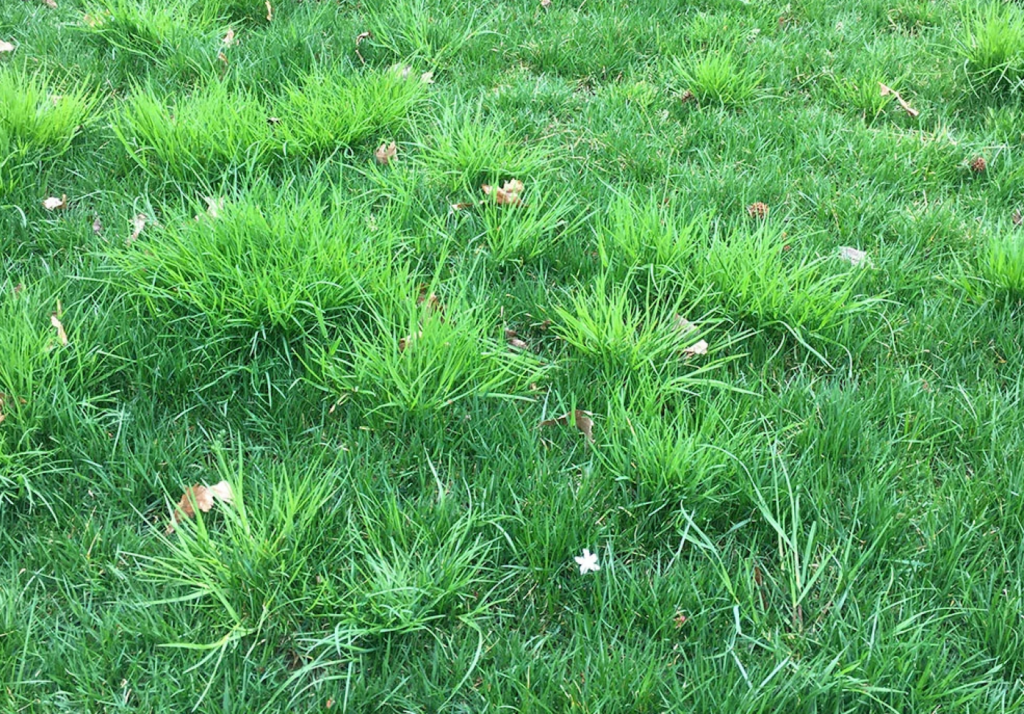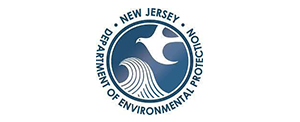Step onto any well-manicured lawn, and you might assume it’s a peaceful sanctuary of greenery. However, beneath the surface lies a battleground, where a fierce struggle unfolds between homeowners and an unassuming yet persistent foe: Poa trivialis. In this post, we’ll dive into the intricacies of this often overlooked battle, exploring the history, characteristics, and strategies for managing this pesky grass species in your lawn.
What is Poa Trivialis?
Poa trivialis, often referred to as “rough bluegrass” or “weedgrass,” is a perennial grass species that can be found infiltrating lawns, golf courses, and other turf areas across various regions. Despite its unassuming appearance, Poa trivialis possesses a remarkable ability to thrive in a wide range of environmental conditions, making it a formidable opponent for homeowners and turf managers alike.
One of the defining characteristics of Poa trivialis is its tendency to form dense, clumpy patches within the turf, disrupting the uniformity and aesthetic appeal of lawns. Its rapid growth rate and ability to spread via both seeds and creeping rhizomes further contribute to its invasive nature. Additionally, Poa trivialis is often resistant to common herbicides used for weed control, making eradication efforts challenging and frustrating for property owners.
While Poa trivialis may seem like a minor nuisance compared to more notorious weeds, its presence can significantly detract from the overall health and appearance of a lawn. As such, effective management strategies are essential for keeping this troublesome grass species in check. From cultural practices such as proper mowing and irrigation to targeted herbicide applications and overseeding with competitive grass varieties, there are several tactics that homeowners and turf professionals can employ to combat Poa trivialis and reclaim their turf from its clutches.
In the battle against Poa trivialis, knowledge and persistence are key. By understanding the biology and behavior of this tenacious grass species and implementing proactive management techniques, homeowners can maintain lush, healthy lawns that are free from the encroachment of Poa Trivialis

How did Poa Trivialis get in my lawn?
Poa trivialis likely found its way into your lawn through a variety of means. It could have been introduced inadvertently through contaminated grass seed. This is why it’s important to use a professional grade grass seed such as the blue tag certified seed we use to ensure it’s free of any undesirable grasses. It can also be brought in by birds or other animals, or even transplanted through mowing, especially if you have a landscape company that mows multiple houses on the same day. Once established, Poa trivialis can quickly spread due to its prolific seeding and rhizomatous growth habits. Factors such as overwatering, poor soil drainage, or improper mowing practices may also contribute to its spread, creating favorable conditions for Poa trivialis to flourish and outcompete other grass species in your lawn. Additionally, its ability to adapt to different soil types and environmental conditions makes it highly adaptable and difficult to eradicate once it gains a foothold.
How can Poa Trivialis be treated?
At GreenStripe, we understand the frustration of dealing with Poa trivialis infiltrating your lawn. That’s why we’re collaborating closely with Rutgers University to develop the most effective strategies for combating this stubborn weed. Unfortunately, there are limited selective herbicides available on the market specifically targeting Poa trivialis, and complete eradication may take years of diligent effort. However, there are still steps homeowners can take to manage its spread and minimize its impact. Cultural practices such as regular mowing at the appropriate height, overseeding with competitive grass varieties, and improving soil drainage can help suppress Poa trivialis growth. While the battle against Poa trivialis may be challenging, with patience and persistence, we can work towards reclaiming your lawn’s lush greenery. Stay tuned for updates on our ongoing research efforts and management recommendations.



